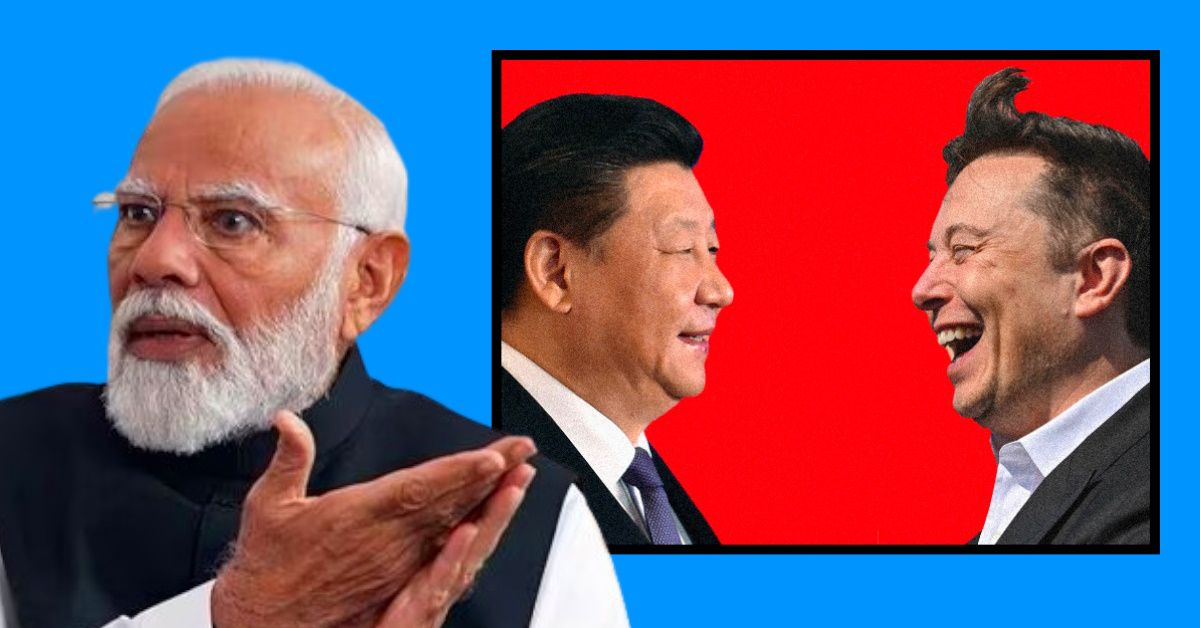India Bends to Chinese Pressure? Why EV Localisation Norms Might Be Eased Soon


It was meant to be a bold push towards self-reliance in electric mobility. The Indian government’s Production-Linked Incentive (PLI) scheme had set ambitious targets for electric vehicle (EV) localisation, aiming for 50 percent local sourcing to qualify for incentives.
But in an unexpected twist, this plan might soon face a significant dilution. The reason? China’s tightening grip over the global supply of rare earths has left Indian policymakers and the auto industry in a tight spot.
In April this year, China placed fresh curbs on the export of rare earth materials and magnets, essential for making traction motors that power EVs. These permanent magnets, often made with neodymium and dysprosium, are key components in motors used by both electric and hybrid vehicles. With China controlling over 85 percent of the world’s rare earth magnet supply, this was never going to be a small hurdle. But few expected the fallout to be this immediate.
As Indian automakers scramble to find alternative supply routes, the industry’s quiet but growing alarm has reached the corridors of power. According to insiders, the government is now open to temporarily relaxing its 50 percent localisation rule for EV components, especially traction motors and their assemblies. While the Society of Indian Automobile Manufacturers (SIAM) hasn’t officially requested a change yet, the message from its members is clear: localisation goals are becoming unviable in the current scenario.
The potential rollback marks a sharp shift in approach. The PLI scheme was crafted to boost domestic manufacturing of high-tech EV components, including magnet-based assemblies and advanced motors. Several Indian auto component makers invested heavily in setting up facilities to produce these locally.
But with China’s export restrictions disrupting supply chains, their plans have hit a wall. Many of these firms are yet to receive their first incentive disbursements. Now, they risk being sidelined altogether if manufacturers opt to import readymade motors from China to keep costs and timelines in check.
The Ministry of Heavy Industries is reportedly advising automakers to import motors or their sub-assemblies for the time being, as a workaround to the rare earth bottleneck. However, this is a costly detour.
Shipping motors by sea could add ₹2,000 per unit, while airlifting them would push the cost up by as much as ₹5,000, a huge burden in a price-sensitive market, especially for electric scooters and commuter bikes.
The timing of this disruption could not be worse. Several companies were just beginning to scale up production of indigenous PMSRM (Permanent Magnet Synchronous Reluctance Motors) and magnet-based systems. The hope was to gain a foothold in the high-growth EV component sector, a space currently dominated by imports.
Now, Chinese suppliers may win back business they were gradually losing to local alternatives. This not only affects the economics of vehicle manufacturing but also weakens India’s strategic goal of insulating its EV ecosystem from foreign supply chain shocks.
There is also the larger worry that easing localisation norms, even if temporary, could set a precedent. Automakers, always under pressure to control costs, may be reluctant to revert to more expensive local options once cheaper imports are approved. This could permanently blunt the PLI scheme’s intent and slow down domestic innovation in high-value EV components.
For now, it appears the government is trying to strike a balance. On one hand, there is the geopolitical and economic reality of China’s dominance in rare earths. On the other, there is the desire to build a robust EV manufacturing base at home. Allowing temporary imports may help automakers maintain momentum in the short term, but it could also be seen as a strategic setback.
Whether this is a tactical retreat or a sign of more lasting compromise remains to be seen. What’s clear is that China’s calculated squeeze on rare earth exports has delivered an uncomfortable jolt to India’s EV ambitions. And the road to localisation just got bumpier.
Via Bloomberg